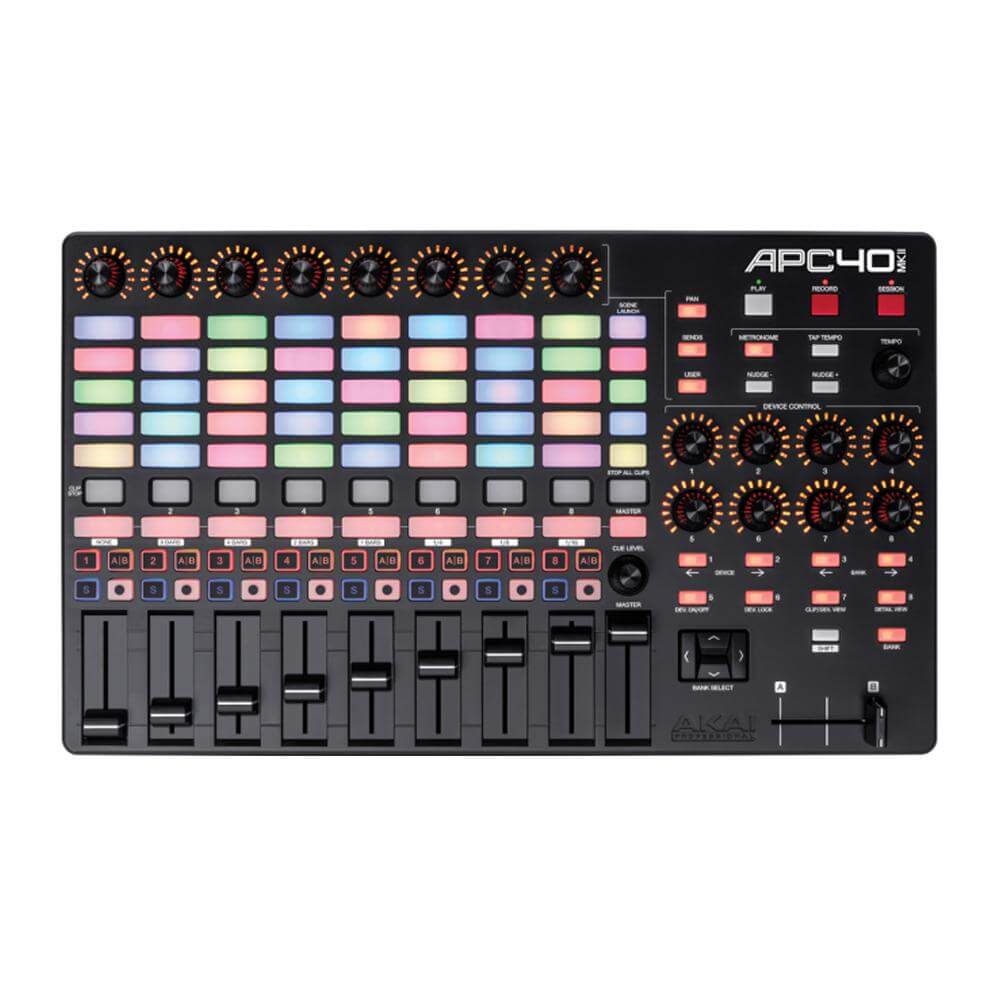

- #Using controller editor native instruments full#
- #Using controller editor native instruments software#
- #Using controller editor native instruments plus#
- #Using controller editor native instruments series#
If you prefer working with physical gear, many hardware instruments come in rack-mount form without a keyboard, but simply attach a MIDI keyboard and you can control a full rack from one handy console. But you can also use any synth or electric keyboard you already own, provided it has a MIDI output or USB attachment. MIDI keyboards are easy to plug and play, and come in a range of compact sizes. Convenient access to such a wide library of sounds, all playable from one keyboard, makes a MIDI controller an invaluable tool for bedroom producers. Control virtual instruments and effectsĪ MIDI keyboard linked to a DAW gives you a physical interface to control virtual instruments and effects. You can also take your workflow completely out of the box, connecting a hardware sequencer with MIDI cables to play a synthesizer, or using the sequencer from one instrument to trigger a sound source from another. With this, you can easily audition different sounds or instruments and edit MIDI sequences to find the perfect rhythm, melody, or tone. Control hardware remotelyīy taking advantage of up to 16 MIDI channels, it is possible to control an entire studio’s worth of outboard gear from your central DAW.

Now that you have a grasp of what MIDI is, let’s explore five things you can do with it.

We’ve laid out what MIDI is in music production and how it works in connection with other hardware and software.
#Using controller editor native instruments series#
Native’s KOMPLETE KONTROL series are designed to give you a smooth workflow when working with a DAW and virtual instruments. MIDI keyboards deliver familiar playing interfaces that work with VST synths, effects, sequencers and much more. What is a MIDI keyboard? Well, MIDI technology was designed with a traditional piano keyboard in mind, and this layout remains popular across a wide spectrum of artists, producers, and composers. MIDI controllers come in all shapes and sizes for different purposes, but the most common is the MIDI keyboard. The ability to control multiple instruments from one device makes them extremely useful in the studio, on the move, or live. MIDI controllers are the first piece of kit for many budding producers, owing to their flexibility, affordability, and tactile response. A third option included on some equipment is “MIDI thru,” which allows you to connect multiple devices together in a chain.

In the other direction, you can control an instrument remotely by sending MIDI out from a computer DAW or sequencer. MIDI controllers are commonly used to play other sound sources by wiring the controller’s MIDI output to the input of another instrument. MIDI information travels in two directions. An advantage of USB is that you can connect MIDI-compatible devices directly to a computer, whereas the traditional DIN-cable design requires an audio interface. The data is transmitted using MIDI cables or, more recently, USB. Every knob, button, and fader on the hardware can be assigned to customizable MIDI events, sending CC (“control change”) messages to filters, envelopes, and various parameters to manipulate sounds.
#Using controller editor native instruments plus#
Again, this is not an audio signal, but rather a set of instructions that triggers another source to produce a sound or perform an action.Īlmost all modern electric keyboards and synths are MIDI compatible, plus other instruments like electric drum kits.
#Using controller editor native instruments software#
MIDI controllers communicate with other instruments and software by sending and receiving MIDI messages. MIDI is also used to sequence and automate patterns in a DAW, which you can assign to software plug-ins or send out to trigger external instruments and other gear.Ī MIDI controller is a physical, hands-on interface for playing and controlling both hardware and software via MIDI signals. MIDI data includes instructions related to pitch, velocity, and timing of notes you play on a keyboard, as well as general transport controls for a project such as play, record, and stop. For instance, you can control virtual instruments or a DAW with physical hardware via MIDI data. Rather than the sound itself, MIDI sends information and instructions about how notes and patterns are performed. MIDI is short for Musical Instrument Digital Interface and is best understood as a language that allows digital music gear to communicate with each other. Learn more about MIDI and explore the MIDI keyboard controllers from Native Instruments, KOMPLETE KONTROL. Learning the basics of MIDI will improve your productions, allowing you to get hands-on with less technical head-scratching and more focus on creation. In this article, we’ll introduce what MIDI means and how it is used in the production process, then run through the main types of MIDI controllers available. The importance of MIDI to the music industry really cannot be overstated. MIDI has become a universal standard since it emerged in the 1980s, adopted by all major instrument and equipment manufacturers.


 0 kommentar(er)
0 kommentar(er)
